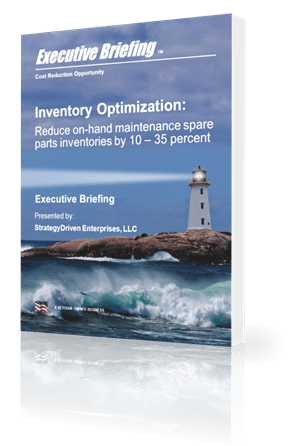Resource Projection Best Practice 6 – The 45 Week Year

Hi there! Gain access to this article with a FREE StrategyDriven Insights Library – Sample Subscription. It’s FREE Forever with No Credit Card Required.
| Sign-up now for your FREE StrategyDriven Insights Library – Sample Subscription
In addition to receiving access to Resource Projection Best Practice 6 – The 45 Week Year, you’ll help advance your career and business programs through anytime, anywhere access to:
Best of all, it’s FREE Forever with No Credit Card Required. |









Leave a Reply
Want to join the discussion?Feel free to contribute!